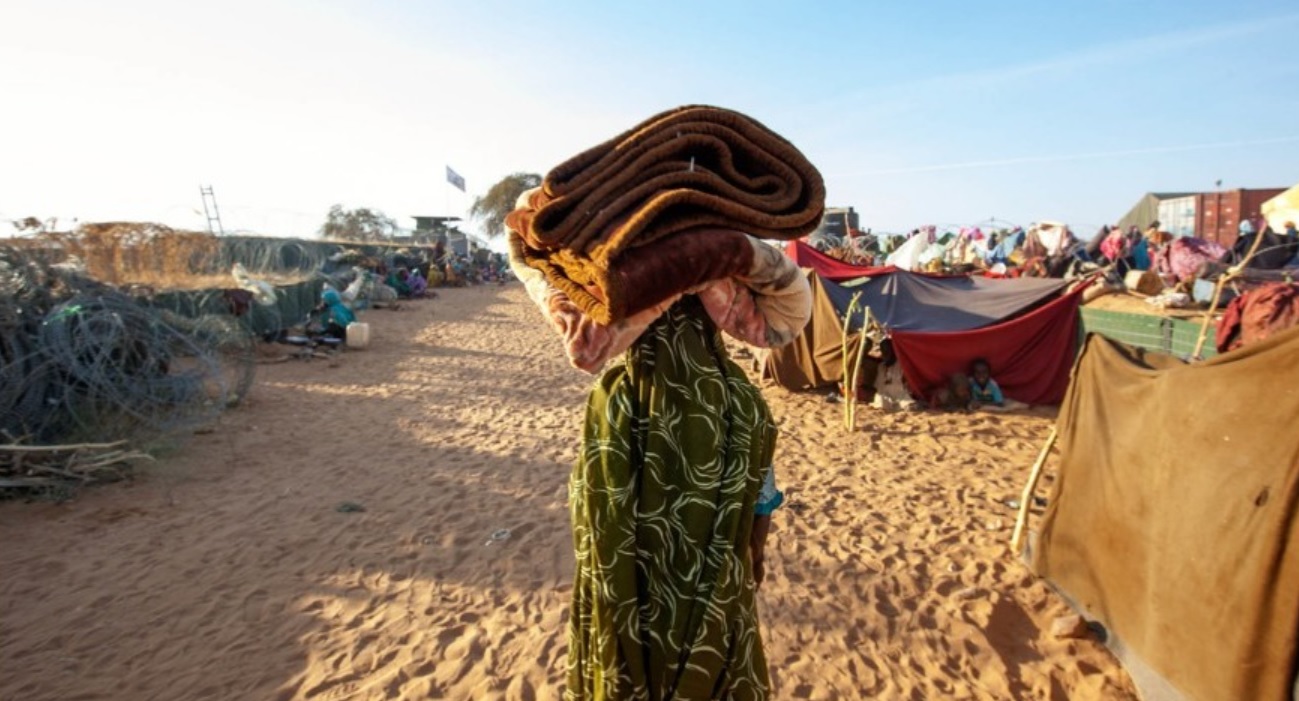
The Spark of War and the Beginnings of Displacement
Nasreddin Al-Fadlabi
Suddenly and without warning, the earth split open, buildings trembled, and hearts raced. Armored vehicles stationed near our homes began firing howitzer shells—two, three, even four at a time—in multiple directions. Everyone asked the same desperate question: What’s happening?
The answer came through the screens of Al Jazeera and Al Hadath. Al Jazeera’s reporter, Osama Said Ahmed, speaking live on air from the field, uttered the words that would alter our lives forever:
"The war between the army and the Rapid Support Forces has now begun."
As the broadcast delved into the on-the-ground developments and the conflict escalated, we were plunged straight into the heart of the catastrophe. The sounds grew louder and more terrifying. For those who had never experienced an earthquake, this was a multiplied version—an earthquake of artillery. It was a moment when people became disconnected from stability, logic, and awareness. A moment of permanent rupture between human beings and the sense of safety.
The hallmarks of wartime disaster began appearing in full view—with devastating consequences for people, infrastructure, and the environment. The first of these was a collective decision:
Displacement.
There was no other option. Everyone now had to pay the price for the political failings of leaders, ministers, and successive city planning authorities that approved residential areas near military compounds.
A combat unit the size of the Armored Corps—one of the Sudanese army’s most powerful strongholds—was surrounded by civilian neighborhoods from all sides. Even parts of the compound itself were sold off for "investment housing," creating new districts that were immediately placed in danger. These areas, like Al-Shajara, Al-Lamab, Jabra, Al-Sahafat, and Al-Azouzab, had long lived under the shadow of military coups and violent power struggles.
Vehicles lined the streets. The city, once spacious, became tight and suffocating under the pressure of collective flight. Homes, shops, and workplaces were abandoned in a mass exodus toward the unknown.
We took only what we could carry and left our home—for the first time, and not by choice. It was the same feeling shared by all the displaced: an involuntary farewell, with no return date in sight. No one on this path of forced migration could answer the agonizing question:
When will we come back?
But this time, the answer doesn’t lie in the hands of the displaced.
It belongs to those who wield the tools of death, those who press the triggers, and those who dig into trenches behind their cannons.

